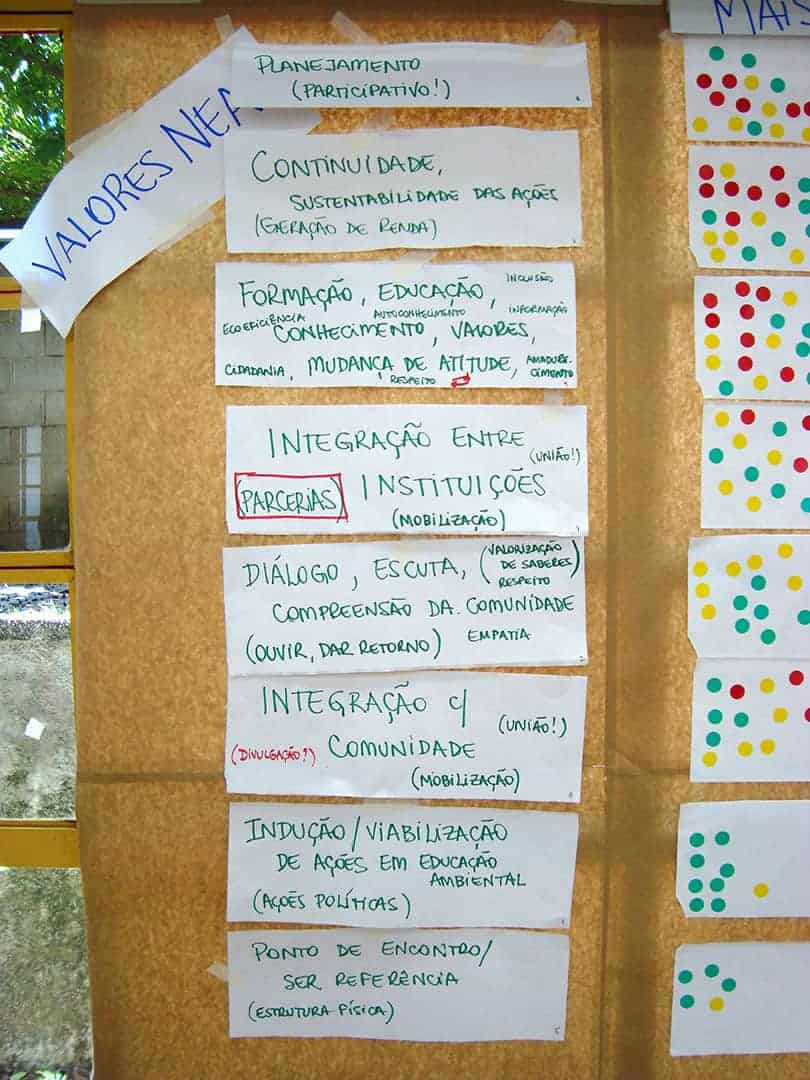cases
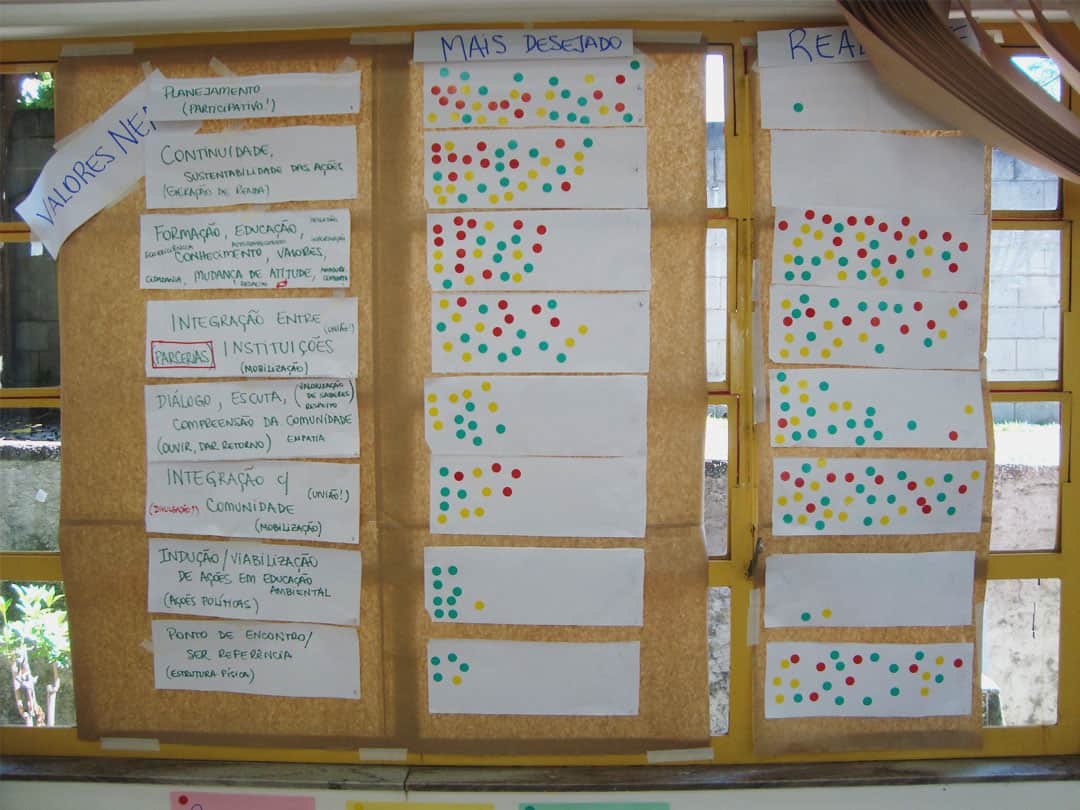
Context Step 1
In order to seek a broader action strategy, with actions pertinent to the context of the municipality, Fibria opted to carry out a strategic planning for its Environmental Education Center with listening to the various publics – most of them members of other organizations and leaders of civil society. These were opposing and conflicting points of view. It was necessary to create an effective process to accommodate these various visions in a single system, in a collective construction of ways that made sense in the local reality.
The look at the NEA’s performance by the most diverse stakeholders was achieved through this methodology that allows, on the one hand, the divergence and depth of the conversation in small groups, and on the other hand, convergence and cross-pollination throughout the rounds of conversation. It also helps to broaden the horizontality of the conversations, giving different voices a place of equal importance.

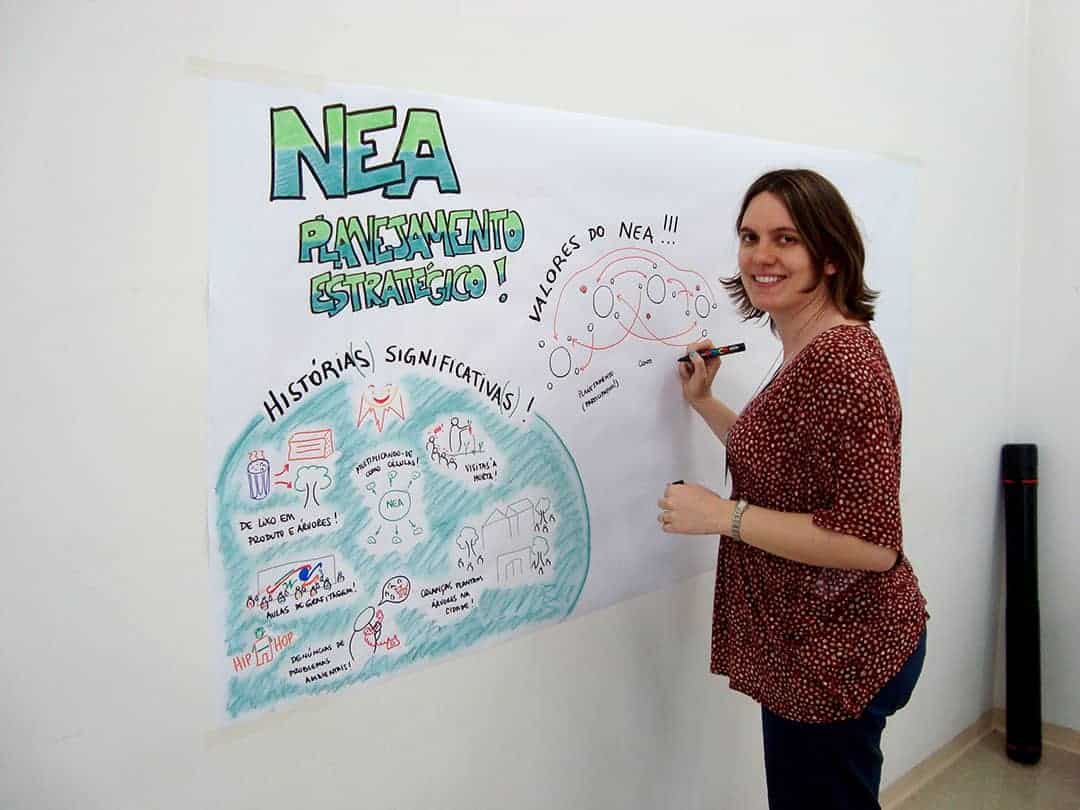
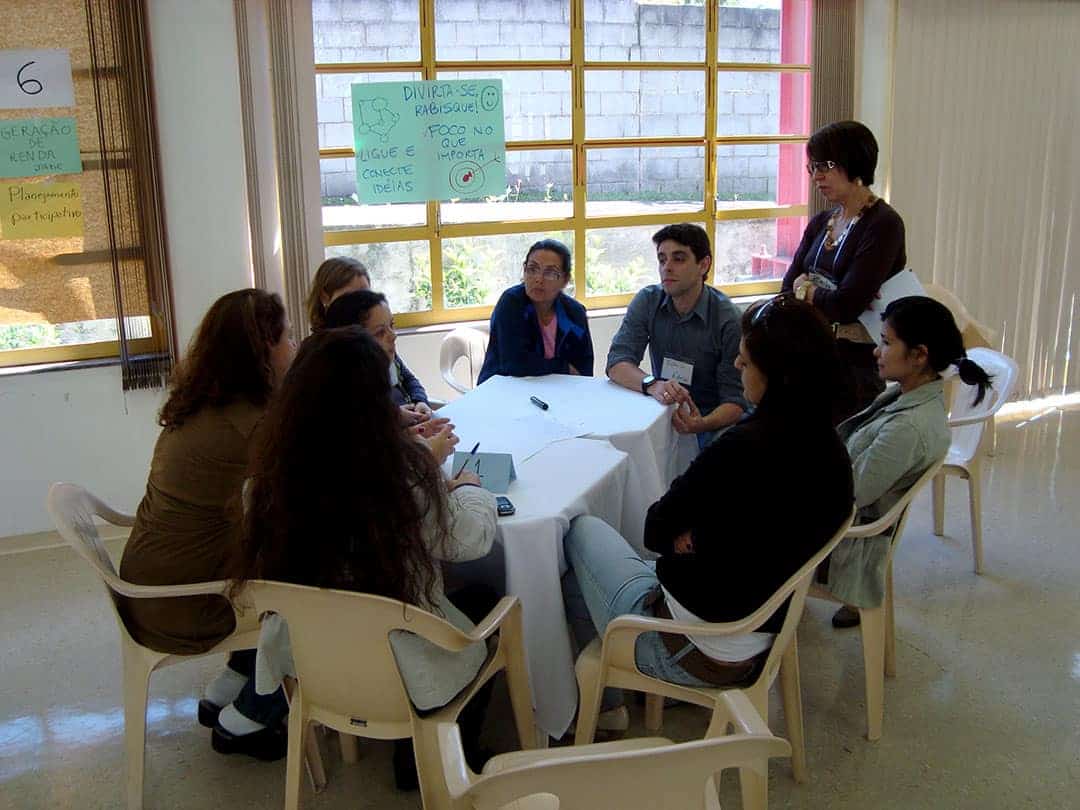
Results Step 1
The result of a look gleaned from multiple diverse viewpoints was a comprehensive and focused understanding of the opportunities and challenges faced, which paved the way for the second stage, of proposing actions.
Context Step 2
The NEA (Environmental Education Nucleus) is part of Fibria’s education program and main point of relationship with the community in Jacareí-SP. In order to pursue a broader action strategy, with actions pertinent to the context of the municipality, Fibria opted to carry out a strategic planning with listening to the different publics – the majority integral to other organizations and leaders of civil society. These were opposing and conflicting points of view. It was necessary to create an effective process to accommodate the different visions in a single system, in a collective construction of ways that made sense in the local reality.
Approach
The mapping and engagement of the various public representatives of stakeholders was carried out through individual conversations, followed by a face-to-face meeting where participants were free to express their opinions, building a shared vision of the context – much richer than it would be individually. At the end of the meeting, suggestions were made collectively for actions that were the basis of the Institutional Strategic Planning in that period.
Results
Consistent suggestions for the NEA strategy – many effectively implemented – emerged at this meeting: forest keepers, eco-efficiency, cell training, income generation, among others. The rapprochement between the different sectors resulting from the meeting originated other common projects, inside and outside the NEA. The importance of engaging the external public for consistent strategic planning and with more stakeholder support became evident to managers.
outros cases
contact@cocriar.com.br
